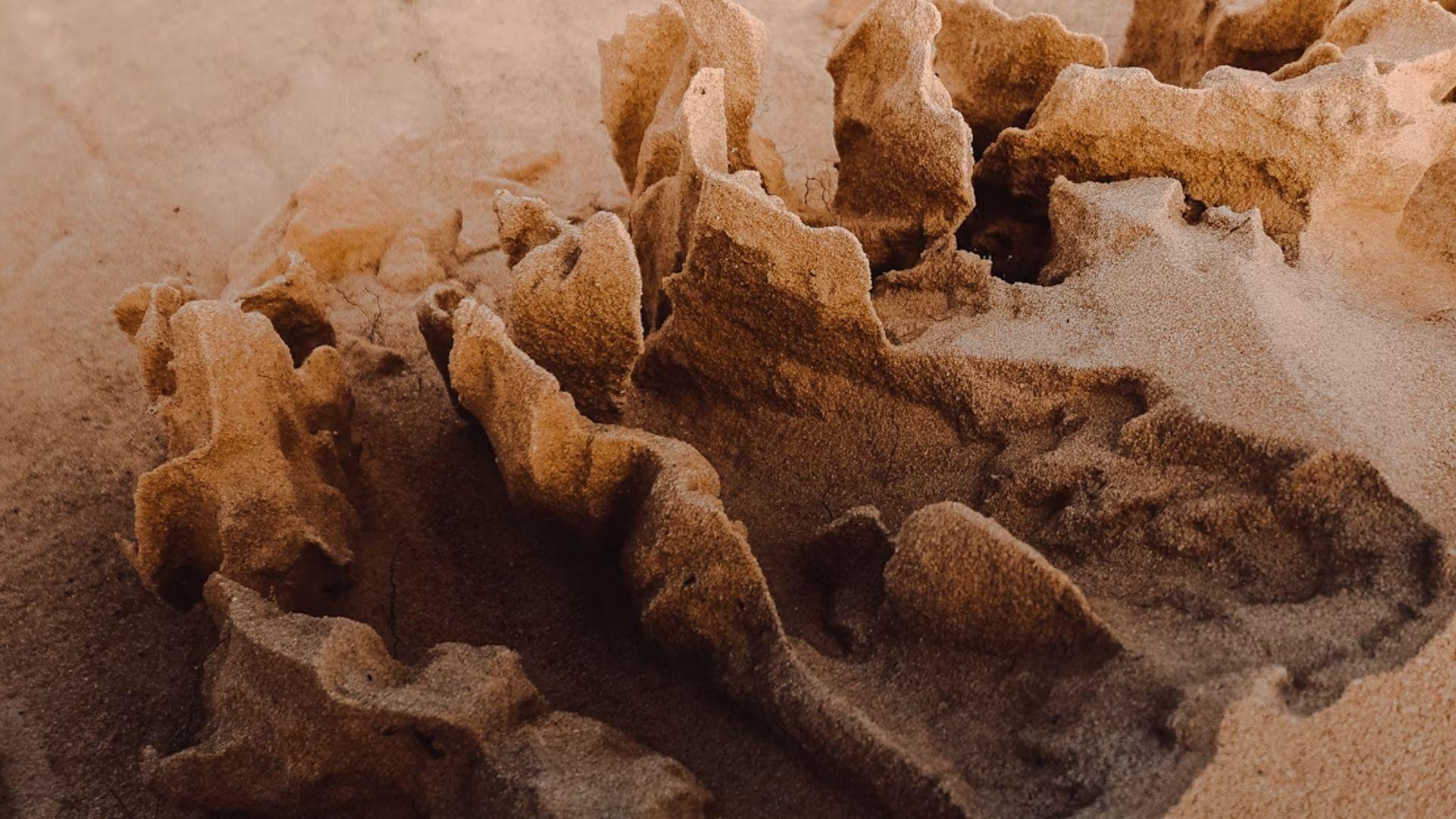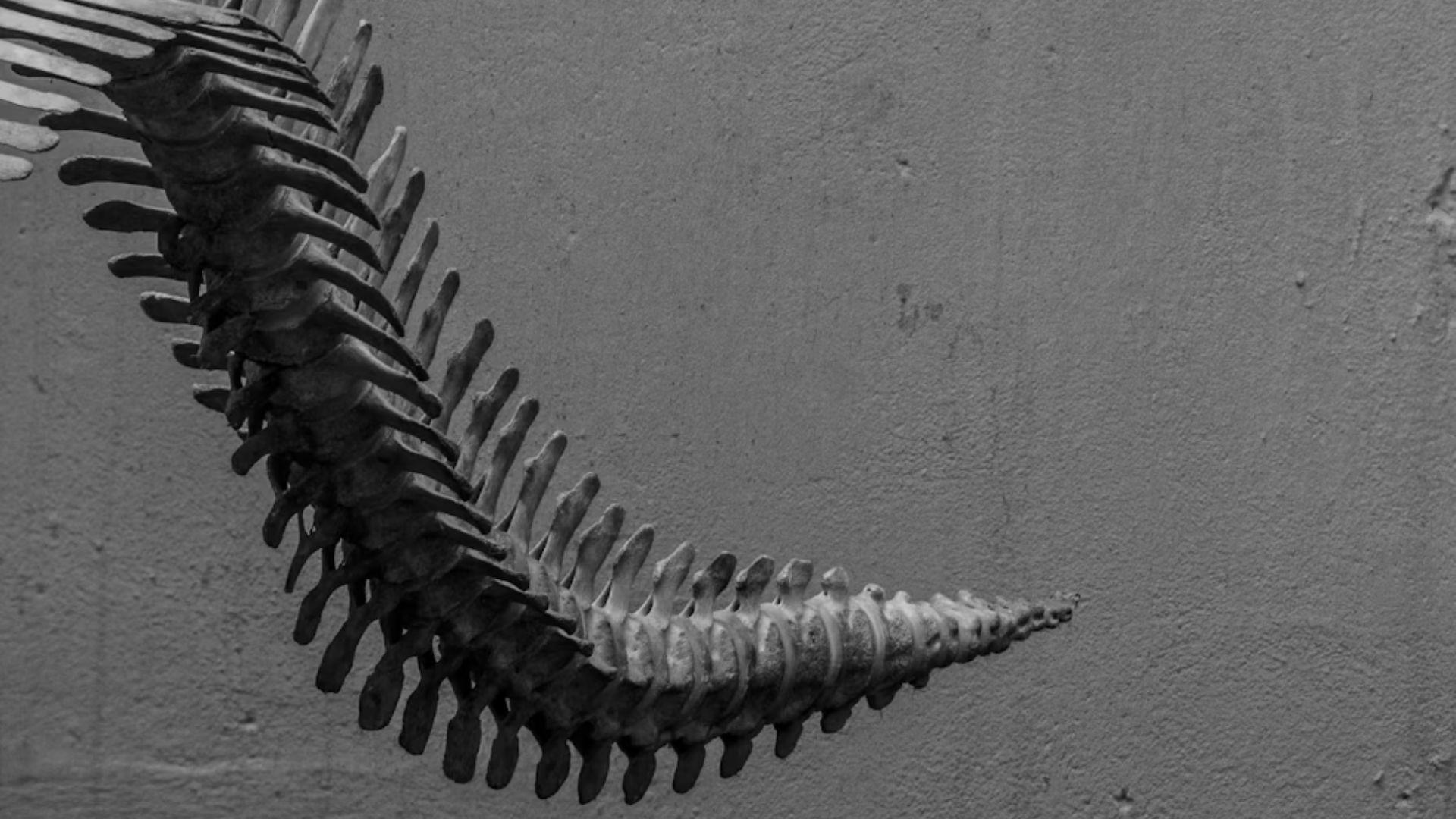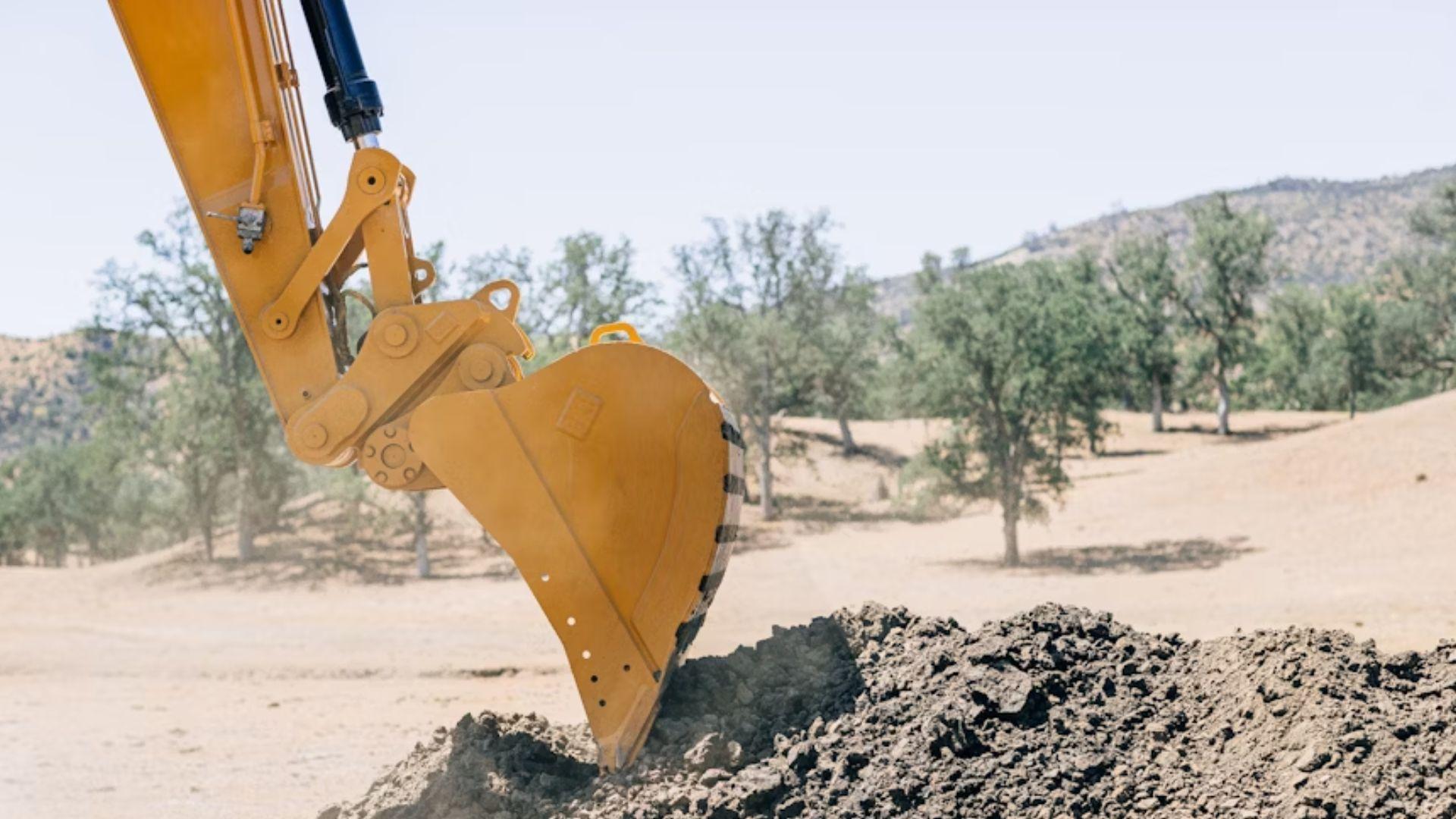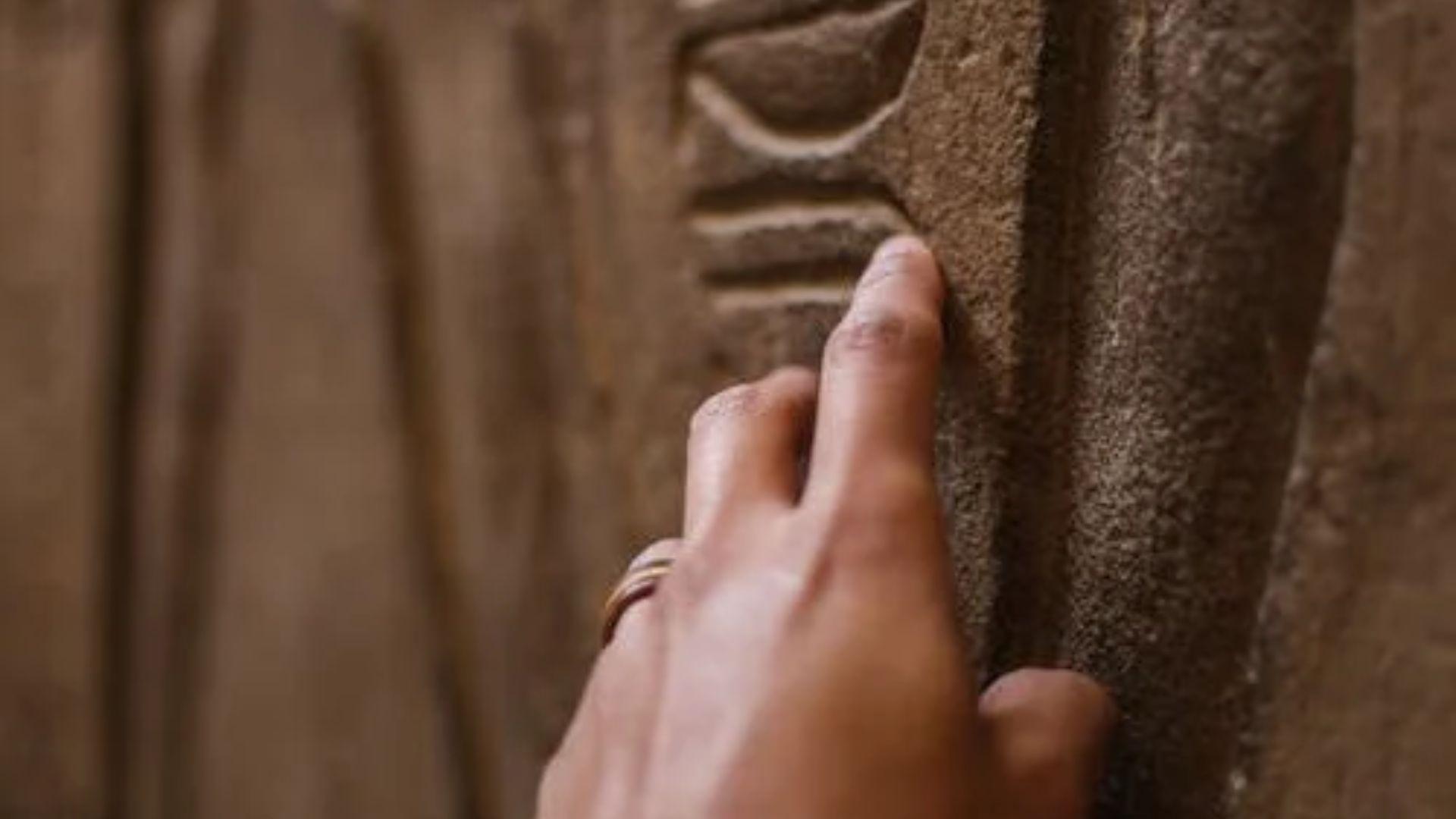Fossil hunters in Southern Africa have uncovered a giant salamander-like creature that pre-dates the days of dinosaurs.
The apex predator, named the _Gaiasia, _would have been the top predator in its ecosystem, and among the biggest land predators of all time.
The Full Extent of The Discovery

Four incomplete fossil specimens were discovered – including a nearly complete backbone and skull fragments. _Gaiasia_’s skull measured approximately 60cm in length and it’s jaw suggests it had a strong bite that allowed it to capture large prey.
Prof Claudia Marsicano, who was part of the team that unearthed the fossil said, “After examining the skull, the structure of the front of the skull caught my attention…It was the only clearly visible part at that time, and it showed very unusually interlocking large fangs, creating a unique bite for early tetrapods.”
More Details on The Creature

The creature, which has been named the _Gaiasia jennyae, _measured 2.5 metres in length and had a large toilet seat-shaped head, which held interlocking fangs.
The creature would’ve lurked in swamp waters, keeping it’s mouth open to prey on animals that swam in it’s vicinity.
Discovery is Almost A Decade Old

Prof Marsicano discovered the _Gaiasia jennyae _with colleagues in 2014 and 2015 across multiple expeditions to the Huab Basin deserts in northwest Namibia.
Marsicano and colleagues discovered fossils from four animals in the Southern African nation, including a nearly complete skeleton.
Discovery Excites Researchers

“When we found this enormous specimen just lying on the outcrop as a giant concretion, it was really shocking,” said Prof Marsicano.
Prof Marsicano, who is with the University of Buenos Aires, said of her discovery, “I knew just from seeing it that it was something completely different. We were all very excited.”
Descriptions of Beast

Jason Pardo, of the Field Museum in Chicago and co-lead author of a paper describing the newly discovered fossils, said, “It’s a big predator, but potentially also a relatively slow ambush predator.”
He added, “It’s got a big, flat, toilet seat-shaped head, which allows it to open its mouth and suck in prey. It has these huge fangs, the whole front of the mouth is just giant teeth.”
What’s In A Name?

Part of the fossil’s name, _Gaiasia jennyae_, was inspired by the Gai-As Formation in Namibia.
The name was also inspired by Jenny Clark, a palaeontologist who specializes in evolution.
Unusual Location

The Guardian’s Hannah Devlin reported, “The location of the discovery is significant because until now most insights into the early evolution of land animals came from fossils discovered at ancient equatorial wetlands in what is now Europe and North America.”
She added, “At the time the creature lived, modern-day Namibia would have been positioned much further south, almost level with the northernmost point of Antarctica, and part of the great southern supercontinent Gondwana.”
Thriving in Harsh Climates

The new discovery shows that large predators were able to thrive in cold swamps. “It tells us that what was happening in the far south was very different from what was happening at the equator,” said Pardo.
He added, “that’s really important because there were a lot of groups of animals that appeared at this time that we don’t really know where they came from. The more we look, we might find more answers about these major animal groups that we care about, like the ancestors of mammals and modern reptiles.”
More Studies in Africa Urged

While existing knowledge of tetrapod evolution is based on data found in Europe and North America, this latest discovery has led many to urge further research in Africa and South America.
“Getting these faunas from the Southern Hemisphere is really critical to understanding the story of our own lineages,” Pardo said. “Especially the question of whether those are just local stories, as opposed to something happening on a global scale.”

